18) High up to a ruin and around a lake
- O Peregrino

- Apr 24, 2024
- 8 min read
Museums and libraries: Germany has a large number of museums (more than 6 thousand), libraries and theaters.
The day began with us, as usual, taking the train from Friedrichshafen to the town of Radolfzell, 80 km away, in the early hours of the morning. We actually wanted to go to the famous Rhine Falls afterwards, but we decided to visit an old castle ruin first. So we took a five-minute train ride to a small, sleepy town called Stahringen.
Homburg Castle Ruins – History & Significance
Origins and Construction
Homburg Castle was probably built as early as the 11th century by the so-called Lords of Homburg – former ministerials of the Bishop of Constance – on a glacial gravel reef high above the village of Stahringen. Its location made it virtually impregnable. Until the 12th/13th centuries, it shaped the development of the village, which from then on was considered a knightly settlement.

Violence, Fire, and Reconstruction
During the Swiss War of 1499, the castle was plundered and burned down. But just a few years later, in 1502, it was rebuilt—and even expanded.
Change of Dynasty and Ownership
In 1565, Wolf von Homburg sold his property to his son-in-law, Hans Konrad von Bodman. Wolf himself died childless a year later in Radolfzell—a bronze epitaph in the cathedral still commemorates him today.
It wasn't until about fifty years later, in 1614, that the castle and village fell to the Abbey of St. Gallen.
Destruction in the Thirty Years' War
During the Thirty Years' War, the castle changed hands several times and was strategically contested. Finally, in 1642, Konrad Widerholt of Hohentwiel Fortress destroyed the complex; it was burned down and subsequently often used as a quarry. Remains of the walls can still be seen today in the courtyards below the ruins.
Changes of Ownership to the Present
In 1749, it fell to the Bishop of Constance, after which there was a dispute over ownership. It wasn't until 1810 that Stahringen was finally awarded to the Grand Duchy of Baden as part of the State Treaty of Baden-Württemberg..
In the quiet, early morning light, Jürgen and his son Huayna set out together on a hike up to Burg Homburg, a ruin nestled near Radolfzell. As they began their ascent, the crisp spring air was filled with the earthy aroma of fallen leaves and pine. Jürgen, at 66, kept a steady pace, his gaze often lingering on the path ahead, scanning it with the quiet wisdom of someone who’s seen many trails in his life. Huayna, younger by 37 years, followed his father's pace, respectful of his father’s rhythm but eager to explore, his steps filled with a youthful curiosity.
The path wound its way up through dense woods, where thick green moss clung to ancient rocks, and the filtered sunlight spilled between branches like a soft, glowing veil. They walked mostly in comfortable silence, with Jürgen occasionally sharing bits of local lore. “This path was once used by traders and soldiers alike,” he remarked, his voice filled with a mix of pride and nostalgia. Huayna listened, picturing the footsteps of those long ago, tracing the same rocky path they now followed.
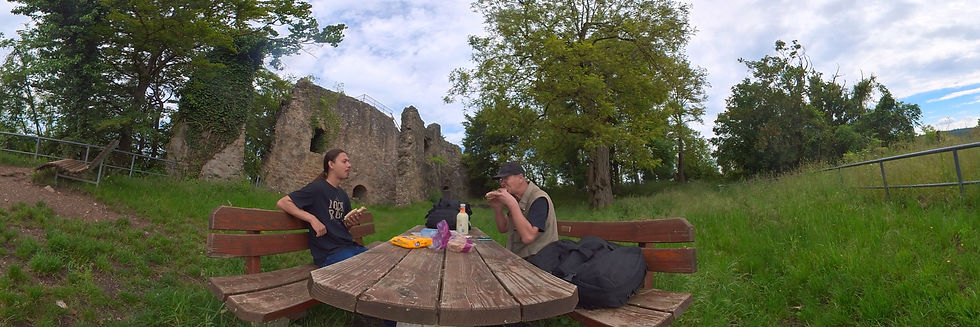
As they approached the ruins, the trees thinned, revealing Burg Homburg remaining walls
weathered by centuries of rain, wind, and quiet endurance. The stonework, though crumbling, still held an echo of its former majesty, standing like a proud elder against the open sky. They climbed to what was once the main hall, the view sprawling below, with Lake Constance shimmering in the distance and Radolfzell just a small speck in the landscape.
For a moment, father and son stood side by side, each lost in his own thoughts. Jürgen looked upon the scene with a contented calm, memories of a lifetime mingling with the sights before him, while Huayna seemed to be absorbing it all, the adventure of the day imprinted on his face. Together, they shared a quiet smile, a subtle but powerful connection bridging the years between them, a bond as timeless and enduring as the ruins around them.
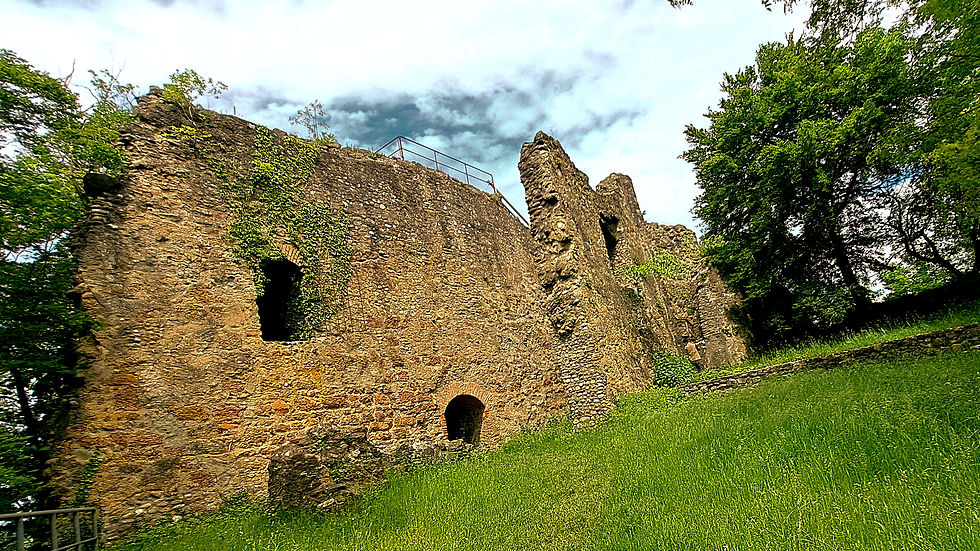
Legend of the Homburg Castle Ruins
In ancient times, a knight lived in Homburg Castle who hid church treasures in a secret underground passage leading to Küssaberg Castle. The treasure is said to still be hidden there today in the caves of the so-called "Devil's Kitchen."

Every hundred years, during Lent, his daughter appears, a beautiful sea or water maiden with golden hair—half human, half fish. She steps onto the shore, suns herself, and combs her hair, always searching for someone to rescue her father.
One night, a fisherman meets her by the river and accompanies her to the treasure. But when she tries to open the chest, guarded by a black poodle with glowing eyes, she loses her courage in fear. She returns to the light and disappears into the depths again. Once again, a Capuchin tried to dig with it – but all the horrors of the treasure ultimately robbed him of his courage.
It is also said that knights and noble ladies sometimes appear on the castle grounds at dusk – as ghostly apparitions from times past.
Advertising II
Advertising is one big carnival, where brands juggle fame and influence and throw dollar bills around like they're going out of style. So buckle up and enjoy the ride – because everyone wants a front-row seat in this circus!
It's been a long time since we drummed up our advertising drum, starting with an international photography exhibition (you can read about it in our fascinating article "09) Two Days with Mom - Between Proud Swans and Delicious Cakes" from November 15, 2024.
We've since climbed the wobbly ladder of celebrity like a frog in sunny weather.

Being famous means shitting money, and we literally have diarrhea. Let's sell our Beyond Borders name to the highest-paying travel companies. Now our name not only travels the earth, but swings over the seven seas and rises high into the skies....


Our name is now on everyone's lips. Our name has influence - and we will use it
Now, chronologically, it would be time to visit the Rhine Falls, but we have brought this trip forward for once with article 17.
We will skip this article, like two hopping goats, and now describe the detour to Lake Mindelsee. So we get on the train in Neuhausen and in an hour and a half we arrive back in Radolfzell, 40 km away. From there jumped into the next bus and in 6 minutes, after a 4.5 km drive, we arrived in a somewhat sleepy little town called Möggingen. Mindelsee we are coming!!!.
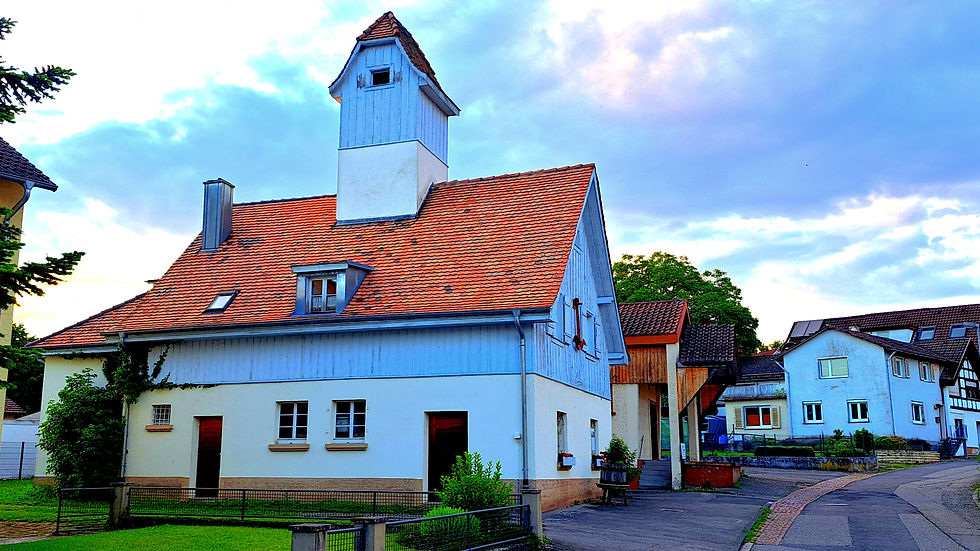
Lake Mindel, or Mindelsee, is a small glacial lake near Radolfzell on Lake Constance in Baden-Württemberg, Germany. Known for its scenic beauty and ecological significance, it’s an interesting blend of natural history and cultural heritage. Here are some key facts and historical insights:
Quick Beyond Border Facts about Lake Mindel (Mindelsee)
Size and Location: The lake covers around 0.72 square kilometers (72 hectares) and lies about 2.5 kilometers east of Radolfzell in a protected nature reserve.
Depth and Hydrology: Mindelsee is relatively shallow, with a maximum depth of around 12 meters. It receives water primarily from small local streams and rain.
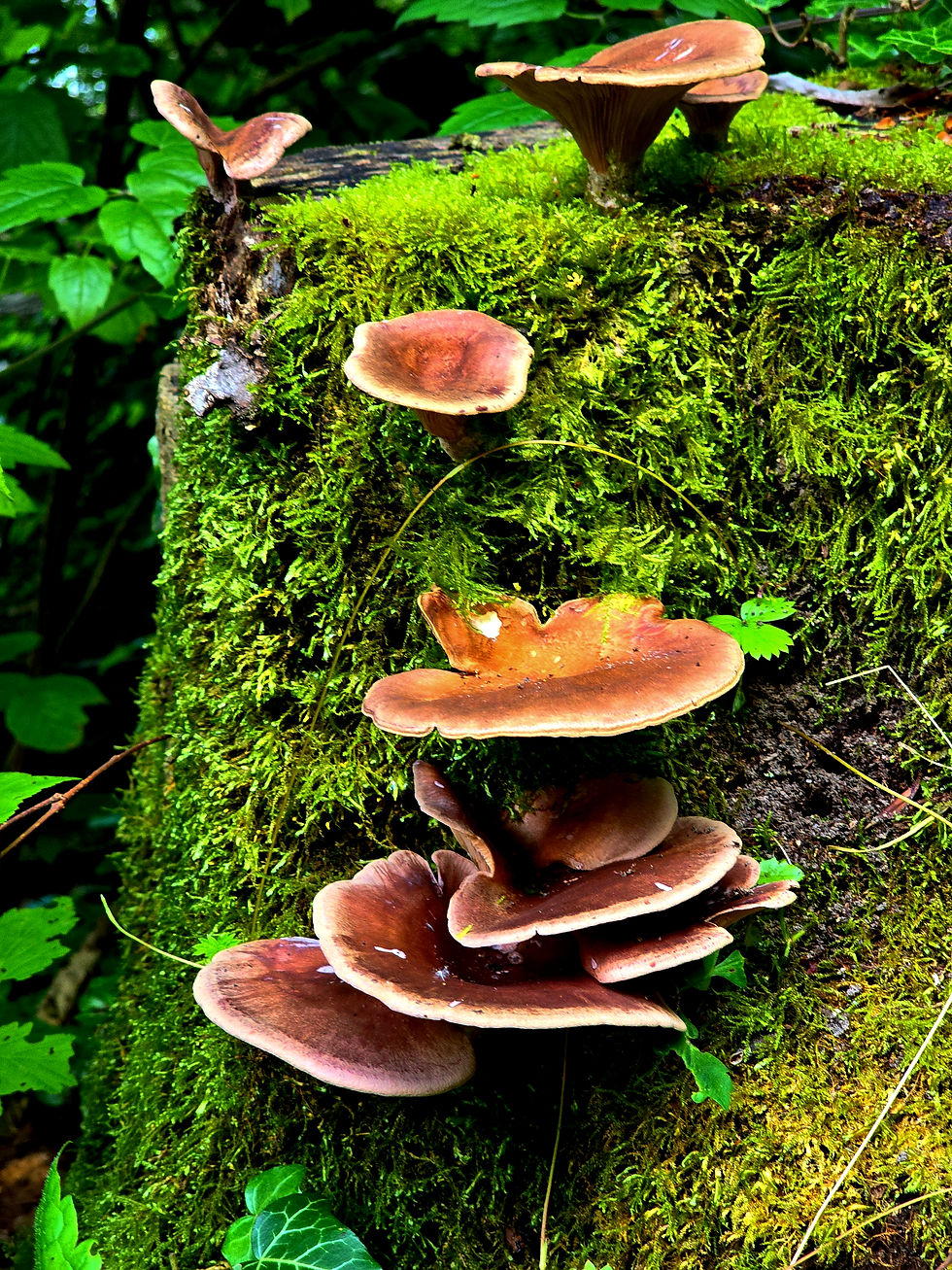
Flora and Fauna: The lake is a biodiversity hotspot, home to numerous species of fish, amphibians, birds, and insects. The surrounding wetlands and reed beds provide habitats for rare species, making it ecologically valuable.
Conservation: Since 1938, Mindelsee has been a designated nature reserve, with strict regulations to protect its flora, fauna, and water quality.
Historical Background
Glacial Origins: Lake Mindel was formed during the Mindel Glacial period, which occurred roughly 500,000 years ago, part of the series of Ice Ages that shaped much of southern Germany’s landscape.
Human Settlements: Archaeological finds suggest that early human settlements were located nearby. The lake’s resources made it an attractive location for early inhabitants who lived by hunting and fishing.
Cultural Significance: Over the centuries, Mindelsee became a place of local significance, with traditions and folklore associated with the lake. It has also been used for modest fishing and agriculture by nearby residents.
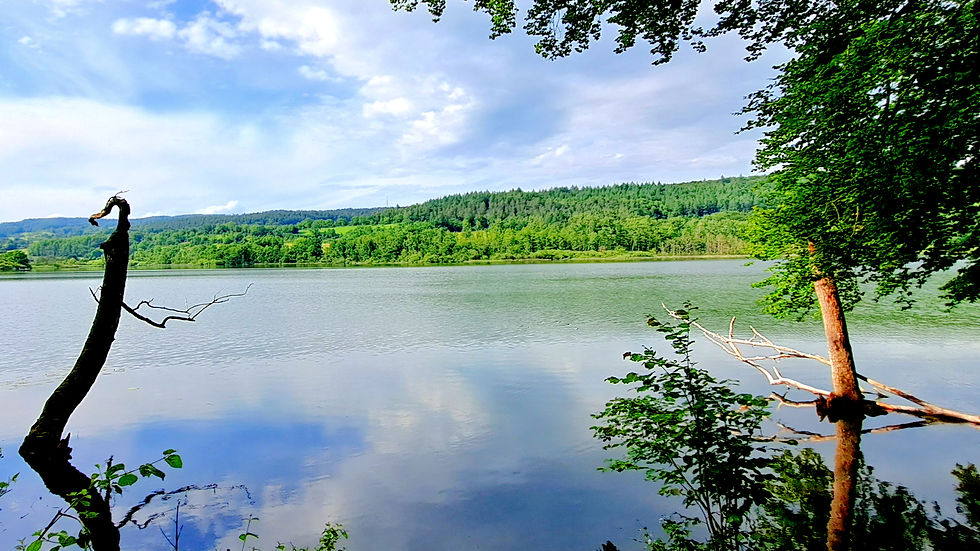
Scientific Interest: In modern times, the lake has become an important location for ecological research, with scientists studying its ecosystem to understand the impact of environmental changes on wetland areas.
Visiting and Activities
The lake’s tranquil environment and scenic trails make it popular for hiking, birdwatching, and eco-tourism. However, due to its protected status, activities like swimming, boating, and fishing are generally restricted to preserve the ecosystem.
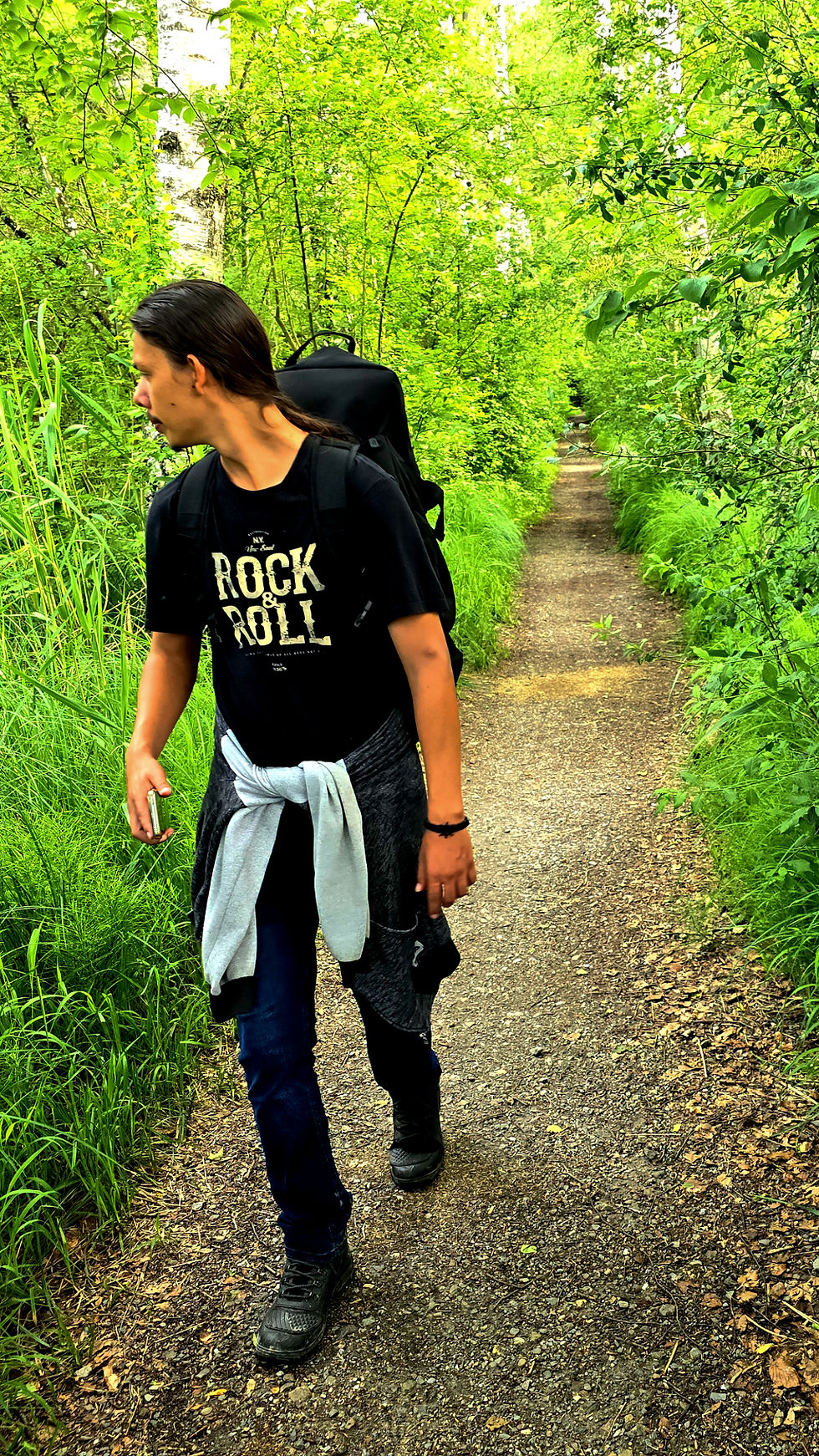
The walk around Lake Mindelsee was like stepping into a picture-perfect day. The sunlight played across the water, making it sparkle as father and son strolled along the well-worn paths that wove through clusters of trees and wildflower meadows. Jürgen, 66 years strong with a steady, calm stride, exchanged stories with his son Huayna, who at 29 walked with a lively energy. They laughed often, swapping quips and memories, both familiar with this quiet corner of nature but always finding something new to marvel at.
Around the lake, the air was fresh with hints of pine and the warm earth, as if summer had just wrapped its arms around the place. Birds flitted from branch to branch, their calls echoing gently across the water, while ducks floated lazily by, unbothered by the occasional splash of fish breaking the surface. The trail curved and narrowed in parts, then opened up to breathtaking views, allowing them glimpses of the lake’s entirety, its quiet majesty stretching out under the blue sky.
Finally, they reached the natural bathing spot—a small paradise hidden along the lake’s shore. A simple jetty extended out over the water, its weathered wood warm from the sun. A cozy bathing bay with soft grass and a couple of inviting benches nestled nearby. Jürgen sat back on one of them, his face relaxed, watching Huayna as he walked to the edge of the jetty. In a moment that felt like freedom itself, Huayna dived into the lake’s cool embrace, his laughter echoing as he surfaced. With the lake’s calmness all around, they shared a moment that felt like time had paused—just father, son, and the serenity of Lake Mindelsee.
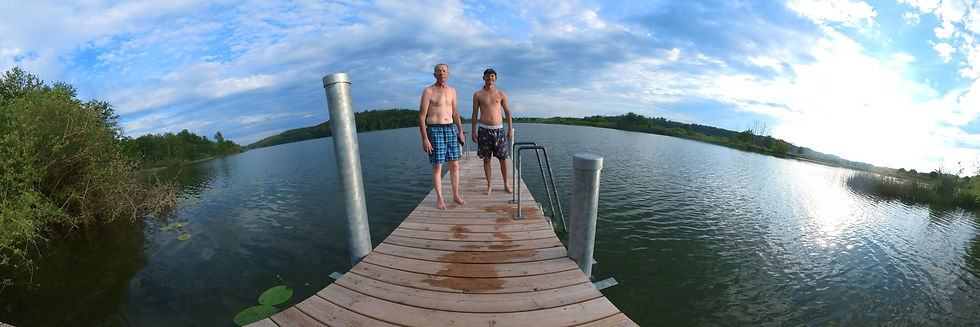
Nestled near Radolfzell, Lake Mindel, or Mindelsee, is a serene and secluded body of water. But despite its calm surface, locals whisper that the lake hides eerie secrets. As night falls and mist drifts across its still waters, stories begin to emerge—of haunting whispers, ghostly apparitions, and strange lights that dance just below the surface.
One legend tells of a young woman named Serafina, a village maiden with eyes as deep and dark as the lake itself. Serafina vanished one stormy night centuries ago, after wandering too close to the lake's edge. Some say she was drawn by mysterious singing that only she could hear. Her body was never found, but fishermen swear they sometimes see a pale figure with long, flowing hair standing by the shore in the dead of night, her white gown dripping as though she’s just emerged from the lake’s depths. When the fog rolls in thick over the lake, people say you can hear her calling, a mournful echo on the water.
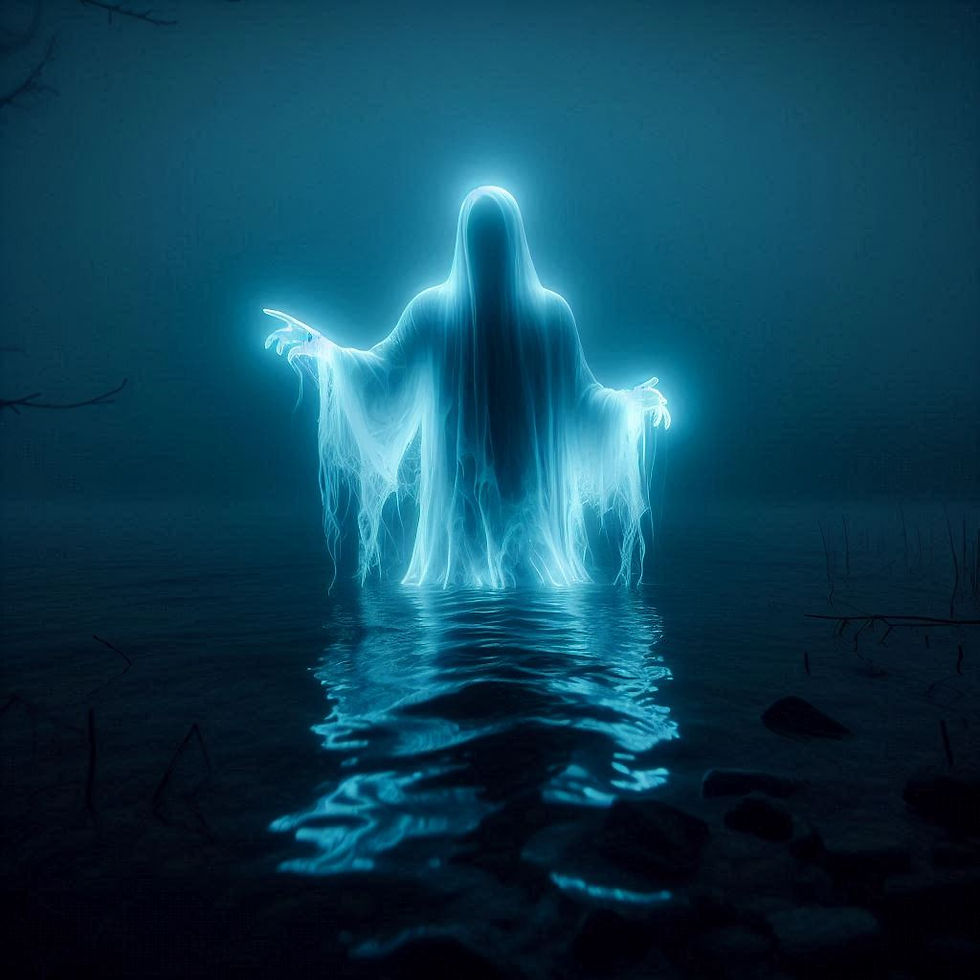
Another chilling tale tells of the "Glowing Man of Mindelsee." According to the legend, a traveler once tried to cross the lake on a dare, but he vanished halfway across, swallowed by the lake’s mysterious depths. Days later, locals found his boat drifting, empty, with strange scorch marks on its hull. Since that night, his ghost appears on misty evenings, a spectral figure glowing faintly under the water, his outstretched hand beckoning anyone who dares come close. It’s said that anyone foolish enough to reach out will feel an icy grip around their wrist, a warning to respect the lake’s mysteries.
Finally, there's the curse of the "Drowned Bells." A monastery once stood near Lake Mindel, but during a flood, its bells were swept into the lake. Since then, on quiet nights, a ghostly tolling can be heard rising from the depths, an unholy sound that chills the bones. Locals believe it signals misfortune, a harbinger of storms or disasters to come.
These stories linger around the lake like the fog itself, a shroud over the secrets hidden beneath. The lake, quiet and still by day, becomes a place of shadows and whispers by night, drawing only the bravest souls who wish to test their courage… or hear Serafina’s call for themselves.
Radolfzell Website (German and English)
Due to a lack of language partners, my pronunciation has dried up a bit. Therefore, I recommend enabling the German subtitles as well. Otherwise, subtitles are available in English and Portuguese. To watch the video in fullscreen click here.
Published: 15/08/2025




Comments